International
Argentine society defends its sensitive fiber before the Government: public education
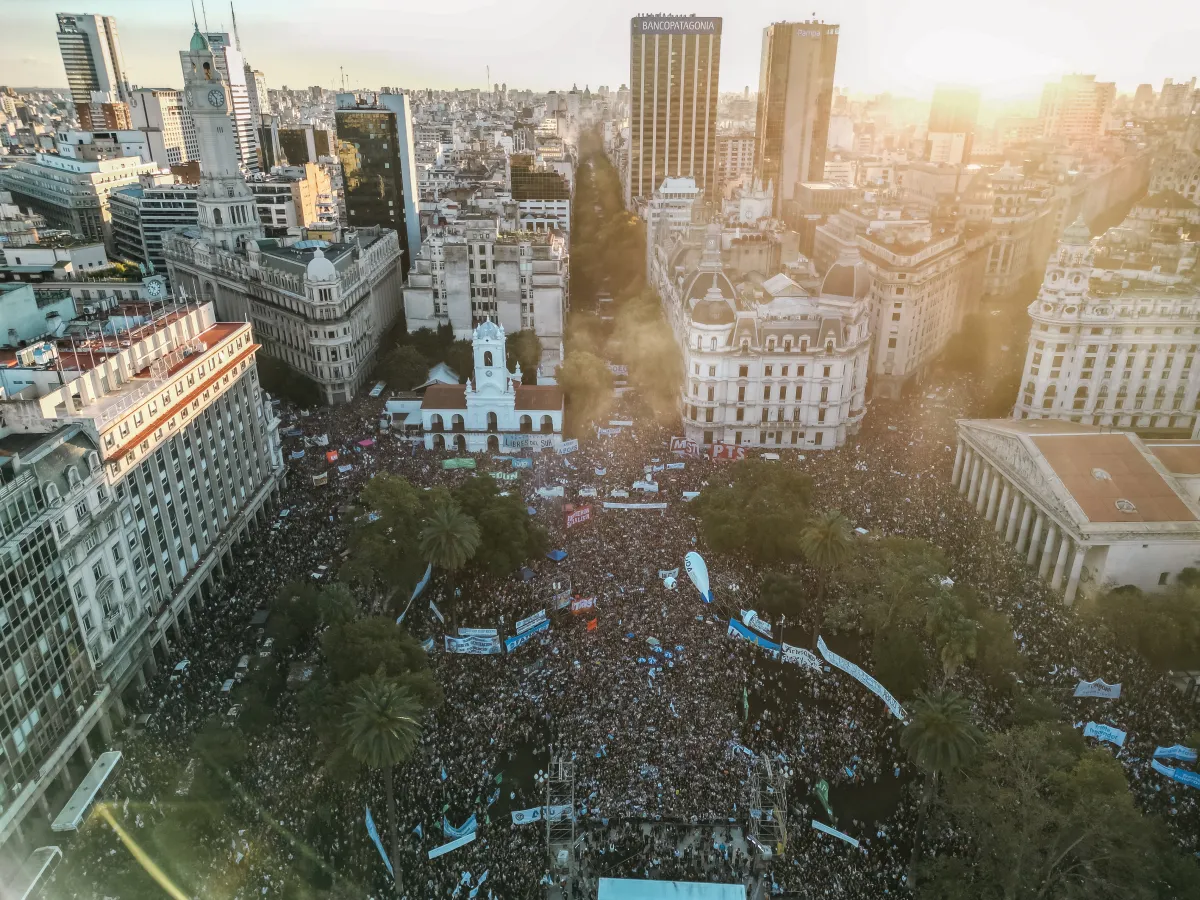
Argentine society defended one of those axes that trebrate it, a sensitive fiber such as public education, before the adjustment policies of the Government of libertarian Javier Milei, who, in addition to applying his well-known ‘chainsaw’, considers it a “nest of indoctrination.”
Several hundred thousand citizens – students, teachers, university staff, in addition to unions, politicians and social organizations – demonstrated in the Federal University March through the streets throughout the country in defense of public higher education and against the policies of the Executive in that area.
Although the Ministry of Human Capital announced late on Monday what, days ago, it presented as an agreement reached with the National Interuniversity Council (CIN), the deposit of 10,075 million pesos (about 11 million dollars at the current official exchange rate) for 100% of the operating expenses of the national universities, the march went on.
According to the Ministry of Security, only in the Plaza de Mayo, where the march of Buenos Aires concluded, which took place between Congress and the Casa Rosada (seat of the Government), between 100,000 and 150,000 people gathered.
But the number of people between Avenida de Mayo, 9 de Julio and the surrounding streets could raise that number to about half a million protesters.
Argentina promulgated in 1884, under the Presidency of Julio Argentino Roca, Law 1420 on common, free and compulsory education, the basis of the current national education system, which includes free education up to higher (university) education and reaches foreigners.
“We are proud children of the Argentine public university,” proclaimed the president of the Argentine University Federation (FUA), Piera Fernández de Piccoli, in her speech at the end of the Buenos Aires march.
The university leader affirmed that “education is a fundamental human right, because it prevails over the ungrateful chance of inequality” and considered the current one as “a critical period as a result of the policies of the national government.”
In his speech, he demanded the updating of salaries and operating expenses because, he said, the public university is “in March 2024 with values of September 2022”; also the improvement of retirees and the restitution of the National Teaching Incentive Fund (FONID).
Although the call was made from civil society, several political leaders did not want to miss the call.
Among those attending the demonstration in Buenos Aires were the Peronist governor of the homonymous province, Axel Kicillof; the former Minister of Economy and Milei’s adversary in the last presidential elections, Sergio Massa; and the president of radicalism, Senator Martín Lousteau.
Before the march, the former mayor of Buenos Aires and co-founder of the Republican Proposal (center-right) party Horacio Rodríguez Larreta expressed his support; and from a balcony near Congress, former Argentine president Cristina Fernández greeted the demonstrators, who waved a university garment in her hand.
But, without a doubt, it was an event of Argentine society, which was mobilized in peace and without altercations, as the Security authorities themselves acknowledged to the television channel Todo Noticias (TN).
The events in Buenos Aires were attended by representatives of the University of Buenos Aires (UBA), one of the most important in Latin America, and of other educational centers in the capital, including some private ones.
In Córdoba (center), a student center par excellence and home of the National University of Córdoba (UNC) – the oldest in the country and one of the first in Latin America, founded in 1613 – about 30,000 people were mobilized.
With a long history of student claims, the city nicknamed ‘la Docta’ was the scene of the ‘Cordobazo’ in 1969, one of the largest Latin American university mobilizations within the framework of the global protests of the late sixties, which was harshly repressed by the dictatorship that then held power (1966-1973).
During the day, there were also mobilizations in the provinces of Santa Fe, Mendoza, Entre Ríos, Río Negro, Neuquén, Jujuy, La Pampa, La Rioja, Misiones, San Juan, San Luis, Santiago del Estero, Catamarca and Chubut.
International
U.S. and Mexico Reach Deal to Address Water Deficit Under 1944 Treaty
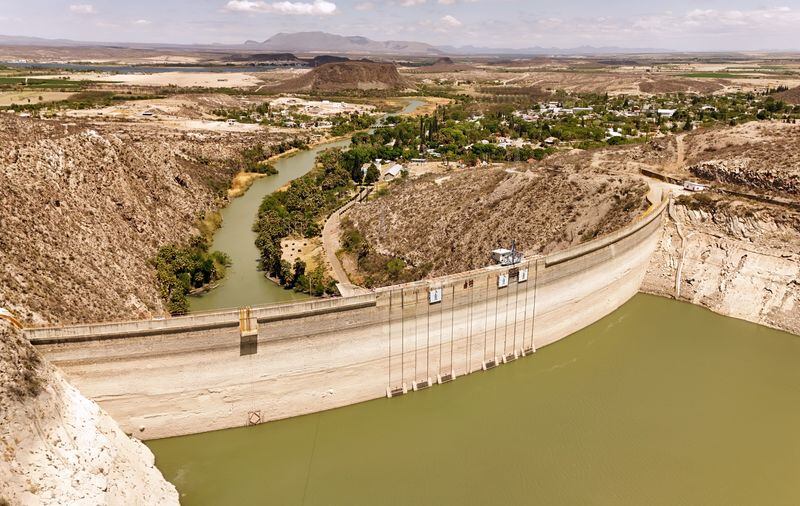
The United States and Mexico have reached an agreement to comply with current water obligations affecting U.S. farmers and ranchers and for Mexico to cover its water deficit to Texas under the 1944 Water Treaty, the U.S. Department of Agriculture said in a statement.
The department уточified that the agreement applies to both the current cycle and the water deficit from the previous cycle.
On Monday, U.S. President Donald Trump accused Mexico of failing to comply with the water-sharing treaty between the two countries, which requires the United States to deliver 1.85 billion cubic meters of water from the Colorado River, while Mexico must supply 432 million cubic meters from the Rio Grande.
Mexico is behind on its commitments. According to Washington, the country has accumulated a deficit of more than one billion cubic meters of water over the past five years.
“This violation is severely harming our beautiful crops and our livestock in Texas,” Trump wrote on Monday.
The Department of Agriculture said on Friday that Mexico had agreed to supply 250 million cubic meters of water starting next week and to work toward closing the shortfall.
Agriculture Secretary Brooke Rollins, quoted in the statement, said Mexico delivered more water in a single year than it had over the previous four years combined.
Trump has said that if Mexico continues to fall short of its obligations, the United States reserves the right to impose 5% tariffs on imported Mexican products.
Mexico’s Deputy Foreign Minister for North America, Roberto Velasco, said that a severe drought in 2022 and 2023prevented the country from meeting its commitments.
International
Several people shot in attack on Brown University campus
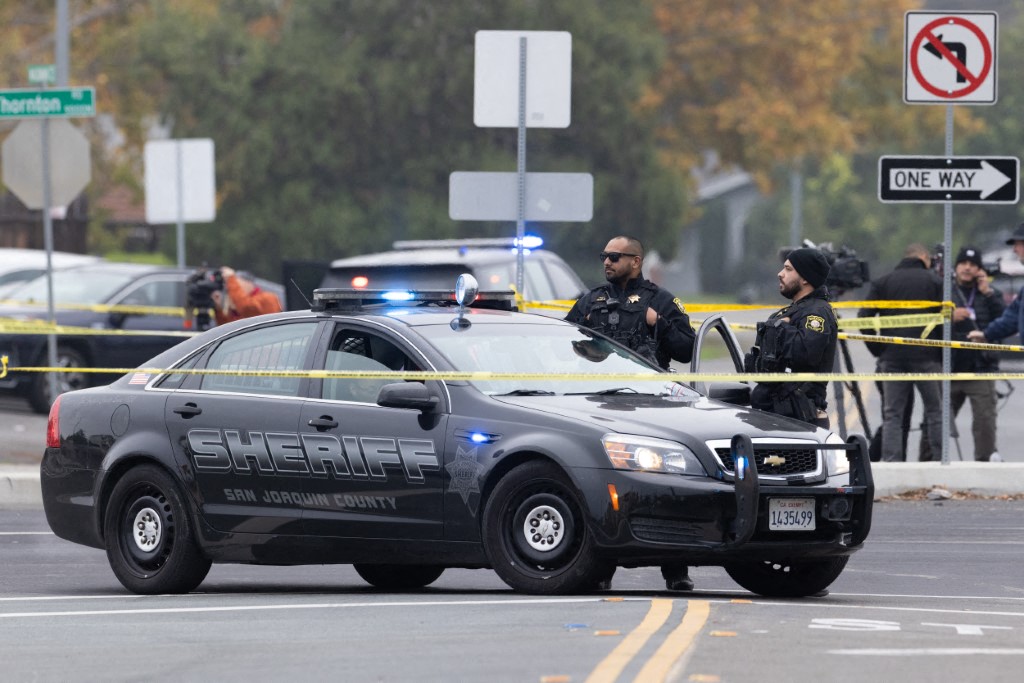
Several people were shot on Saturday in an attack on the campus of Brown University, in the northeastern United States, local police reported.
“Shelter in place and avoid the area until further notice,” the Providence Police Department urged in a post on X. Brown University is located in Providence, the capital of the state of Rhode Island.
U.S. President Donald Trump said on his social media platform Truth Social that he had been briefed on the situation and that the FBI was on the scene.
At 5:52 p.m. local time (11:52 p.m. GMT), Brown University said the situation was still “ongoing” and instructed students to remain sheltered until further notice.
After initially stating that the suspect had been taken into custody, Trump later posted a second message clarifying that local police had walked back that information. “The suspect has NOT been apprehended,” the U.S. president said.
International
Colombia says it would not reject Maduro asylum request as regional tensions escalate
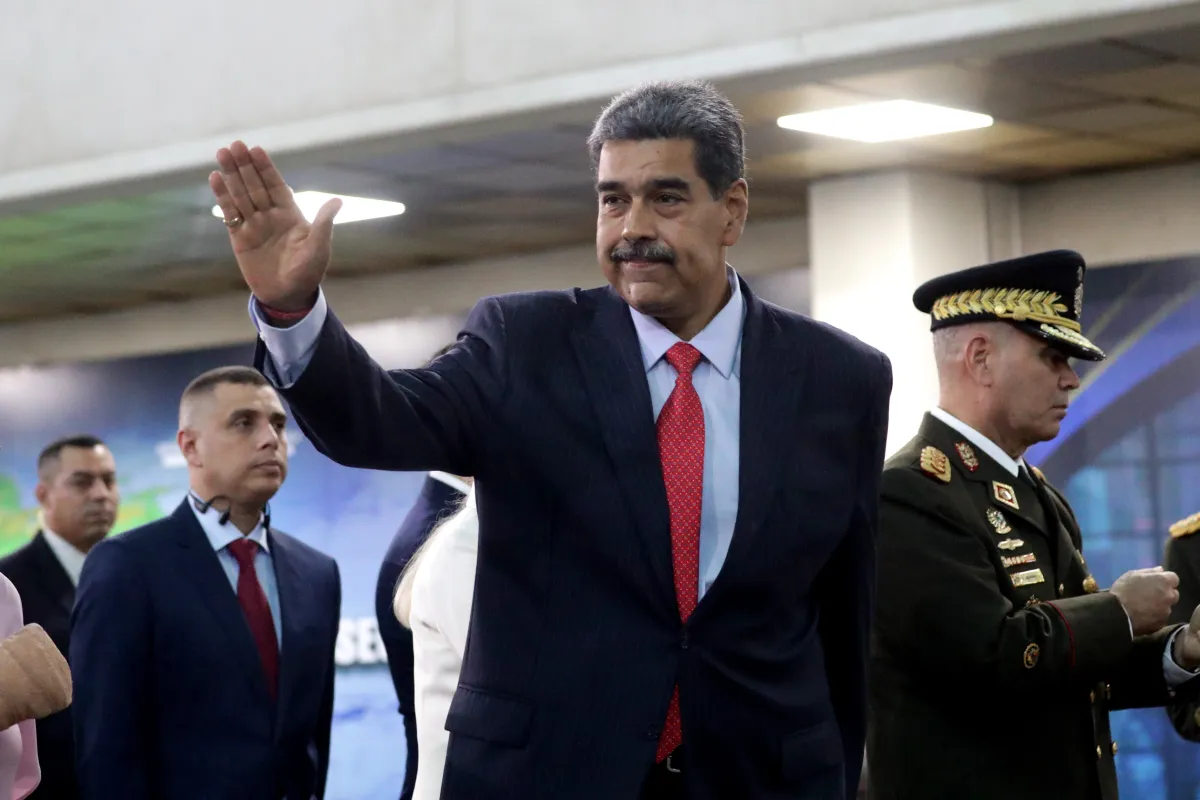
The Colombian government stated on Thursday that it would have no reason to reject a potential asylum request from Venezuelan President Nicolás Maduro should he leave office, as regional tensions persist over the deployment of U.S. military forces in the Caribbean since August.
“In the current climate of tension, negotiations are necessary, and if the United States demands a transition or political change, that is something to be assessed. If such a transition results in him (Maduro) needing to live elsewhere or seek protection, Colombia would have no reason to deny it,” said Colombian Foreign Minister Rosa Villavicencio in an interview with Caracol Radio.
However, Villavicencio noted that it is unlikely Maduro would choose Colombia as a refuge. “I believe he would opt for someplace more distant and calmer,” she added.
Colombian President Gustavo Petro also commented on Venezuela’s situation on Wednesday, arguing that the country needs a “democratic revolution” rather than “inefficient repression.” His remarks followed the recent detention and passport cancellation of Cardinal Baltazar Porras at the Caracas airport.
“The Maduro government must understand that responding to external aggression requires more than military preparations; it requires a democratic revolution. A country is defended with more democracy, not more inefficient repression,” Petro wrote on X (formerly Twitter), in a rare public criticism of the Venezuelan leader.
Petro also called for a general amnesty for political opponents and reiterated his call for forming a broad transitional government to address Venezuela’s prolonged crisis.
Since September, U.S. military forces have destroyed more than 20 vessels allegedly carrying drugs in Caribbean and Pacific waters near Venezuela and Colombia, resulting in over 80 deaths.
U.S. President Donald Trump has repeatedly warned that attacks “inside Venezuela” will begin “soon,” while Maduro has urged Venezuelans to prepare for what he describes as an impending external aggression.
-
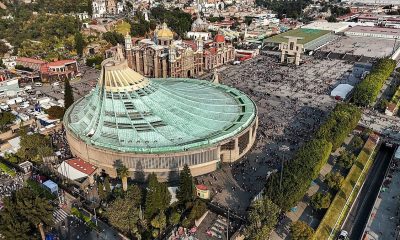
 International5 days ago
International5 days agoMexico City prepares for 13 million pilgrims at Basilica of Guadalupe
-
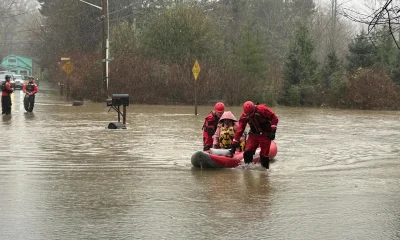
 International4 days ago
International4 days agoWashington declares State of Emergency as atmospheric river brings severe flooding
-

 International4 days ago
International4 days agoU.S. to require five-year social media history from tourists under Visa Waiver Program
-
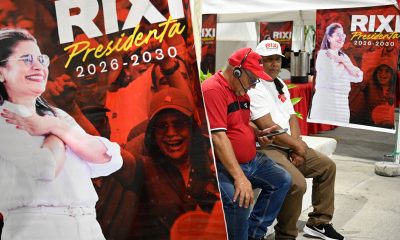
 Central America5 days ago
Central America5 days agoHonduras’ electoral chief reports ongoing technical issues but says results remain intact
-
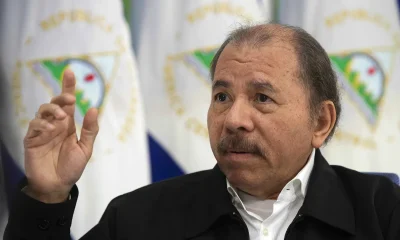
 Central America5 days ago
Central America5 days agoU.S. accuses Ortega regime of systematic human rights abuses in Nicaragua
-
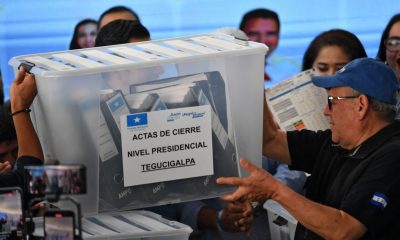
 Central America5 days ago
Central America5 days agoU.S. finds no evidence of fraud in Honduras election despite delays
-
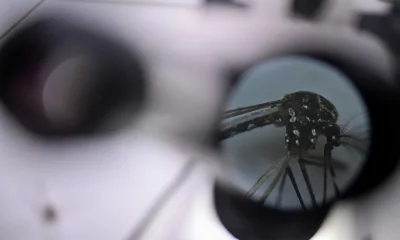
 International3 days ago
International3 days agoCuba battles out-of-control dengue and chikungunya epidemic as death toll rises to 44
-

 Central America4 days ago
Central America4 days agoOAS and EU urge honduran political actors to respect vote results and avoid unrest
-

 Central America3 days ago
Central America3 days agoHonduras election crisis deepens as CNE president denounces intimidation attempts
-
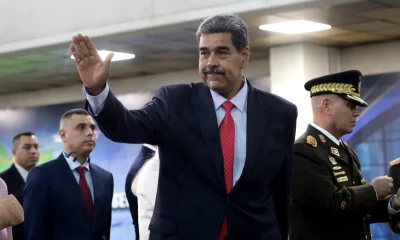
 International3 days ago
International3 days agoColombia says it would not reject Maduro asylum request as regional tensions escalate
-
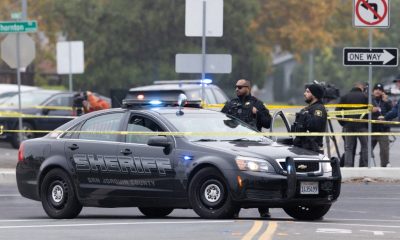
 International1 day ago
International1 day agoSeveral people shot in attack on Brown University campus
-
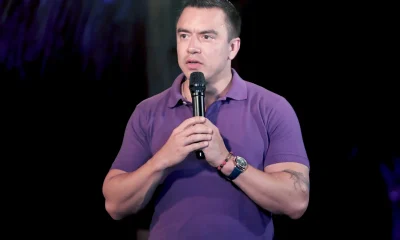
 International4 days ago
International4 days agoSix ecuadorian soldiers jailed pending trial for alleged extrajudicial execution
-
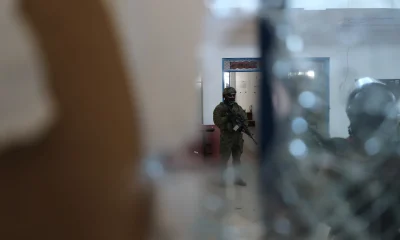
 International3 days ago
International3 days agoEcuador on track for record violence as homicides hit highest level in Latin America again
-
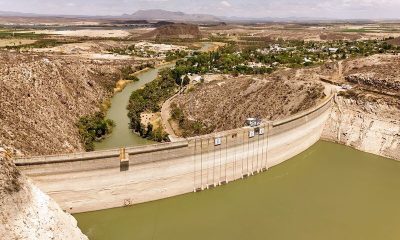
 International1 day ago
International1 day agoU.S. and Mexico Reach Deal to Address Water Deficit Under 1944 Treaty
-
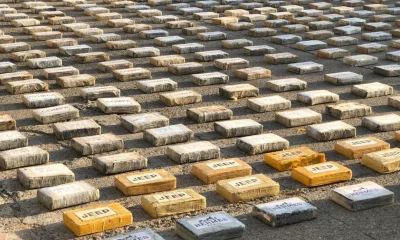
 Central America4 hours ago
Central America4 hours agoPanama seizes over three tons of drugs hidden in Caribbean port container


























